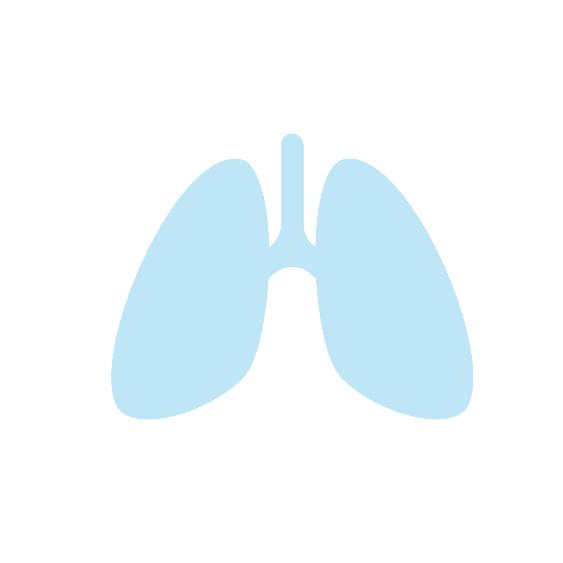
ASTHMA
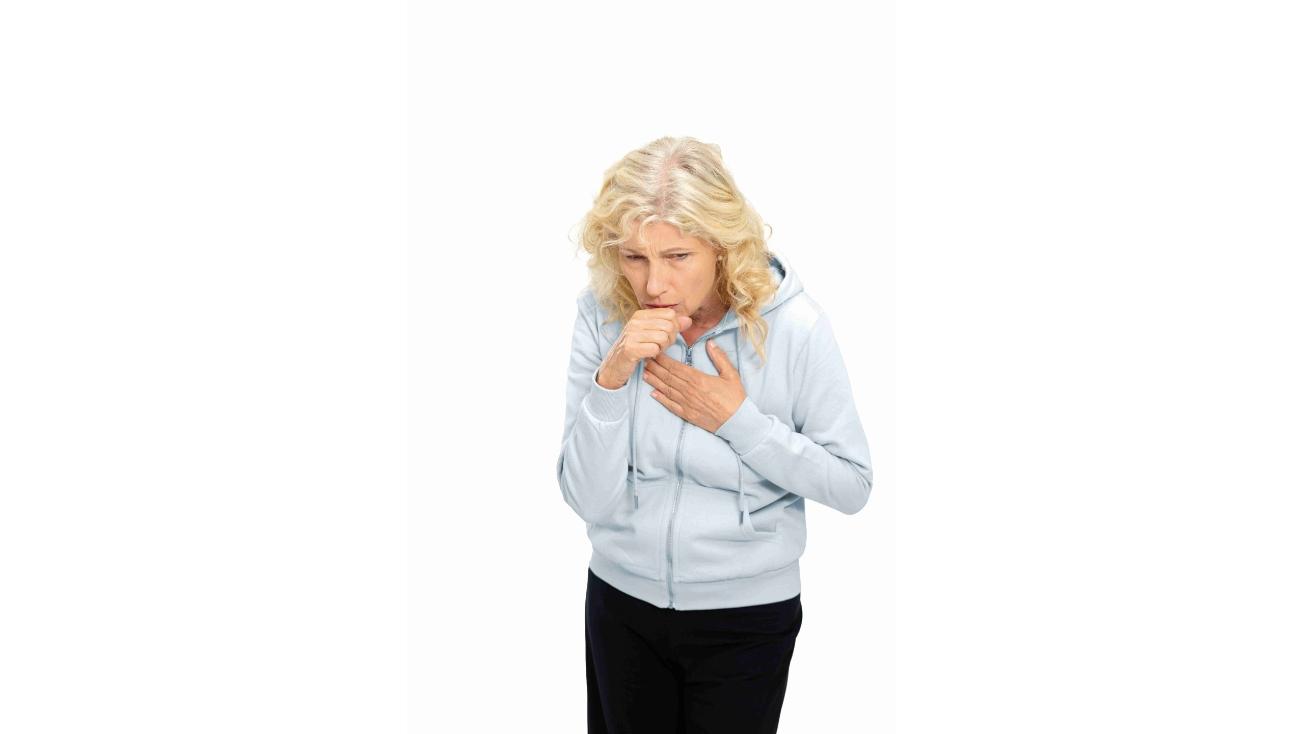
Goal of first aid:
Remove the trigger and help restore normal breathing.
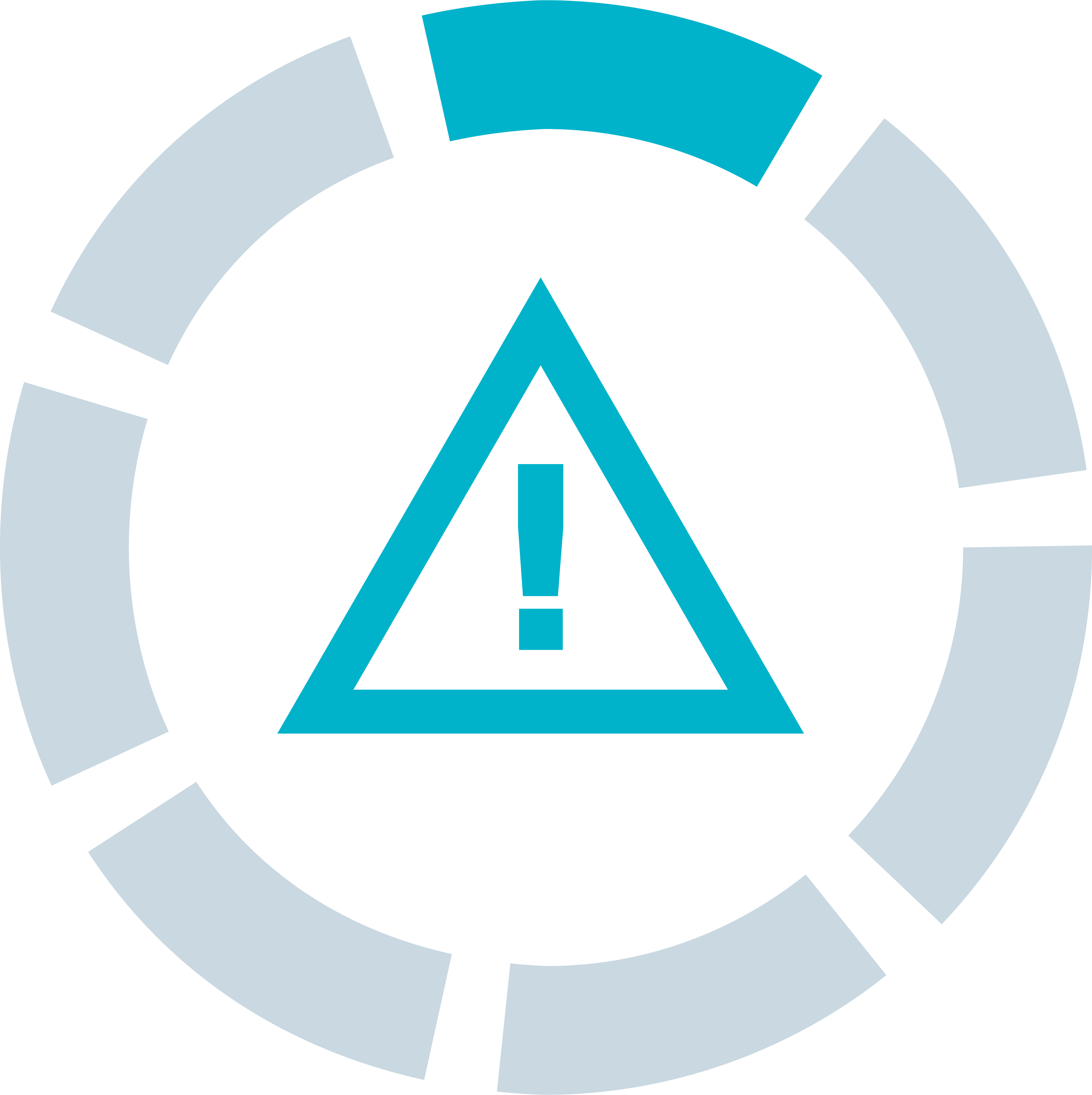
SAFETY FIRST

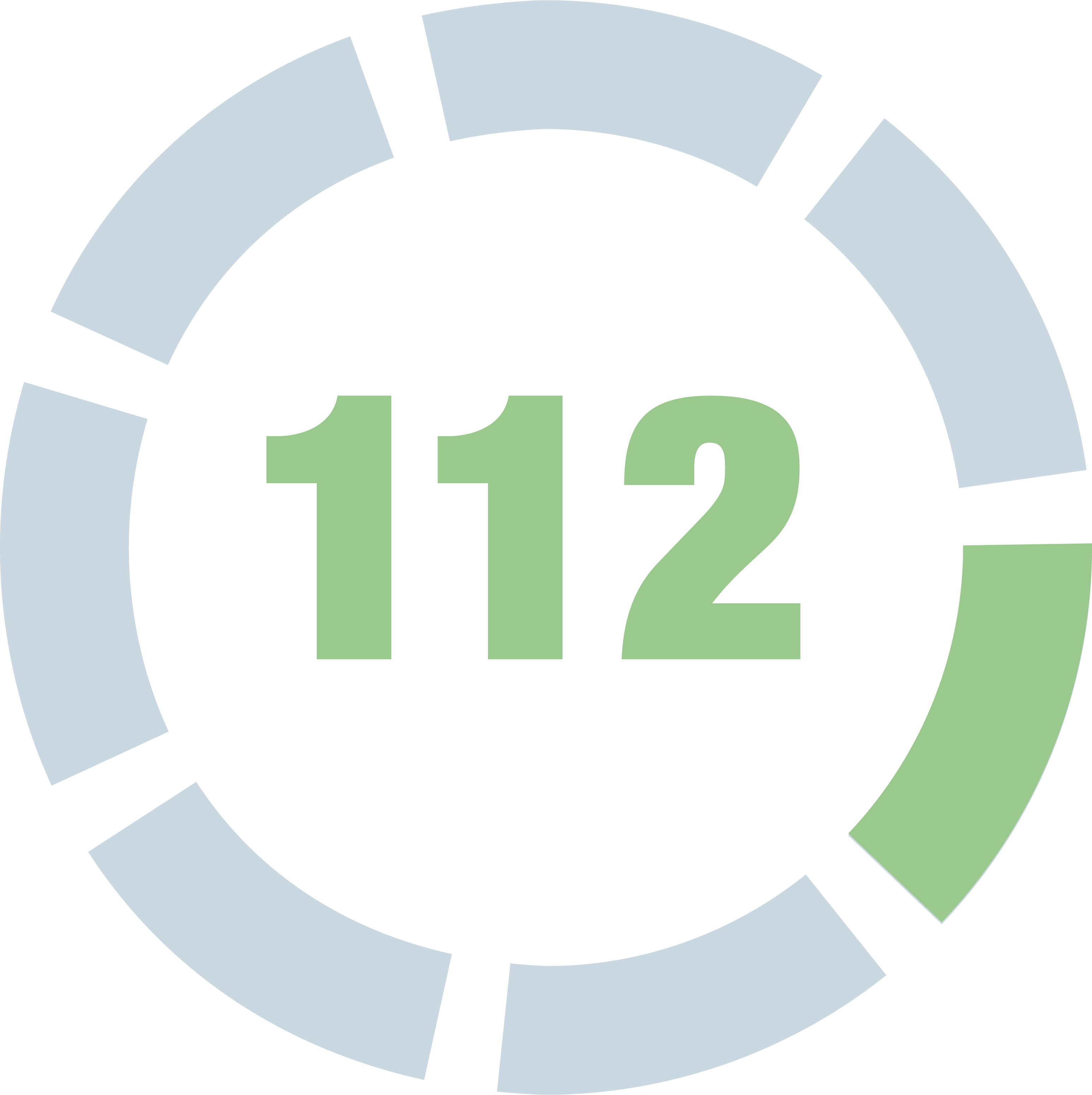
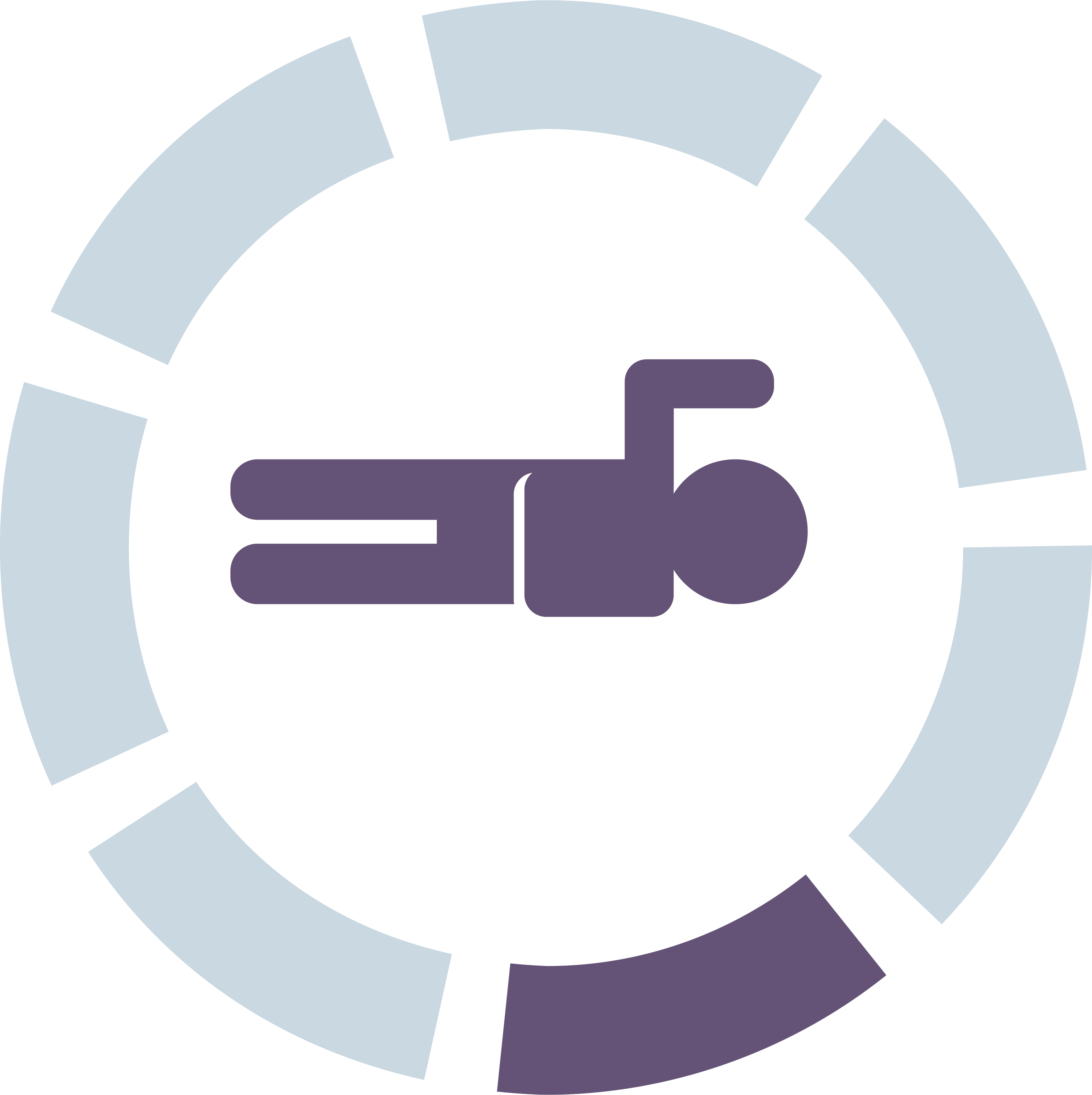

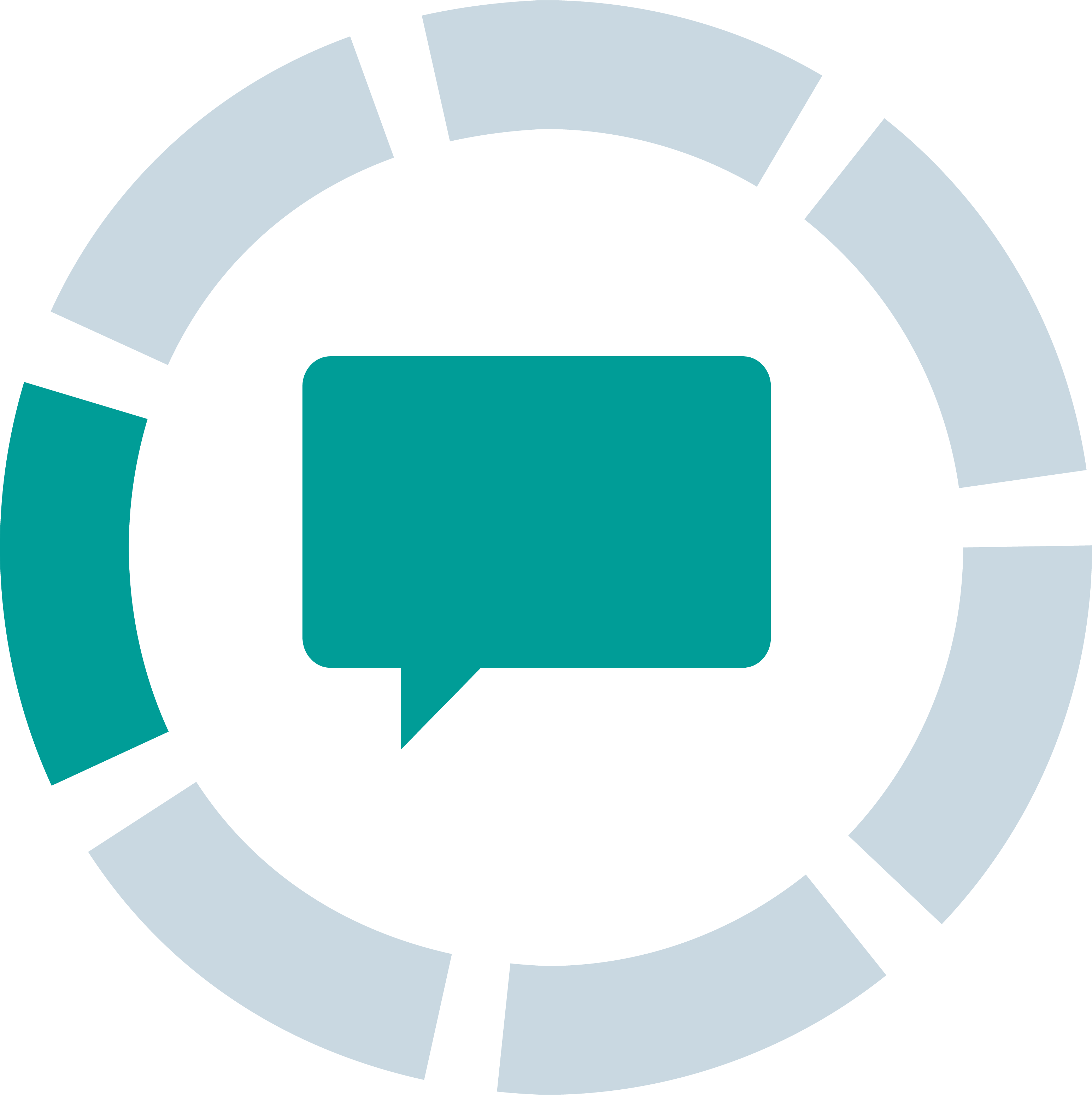
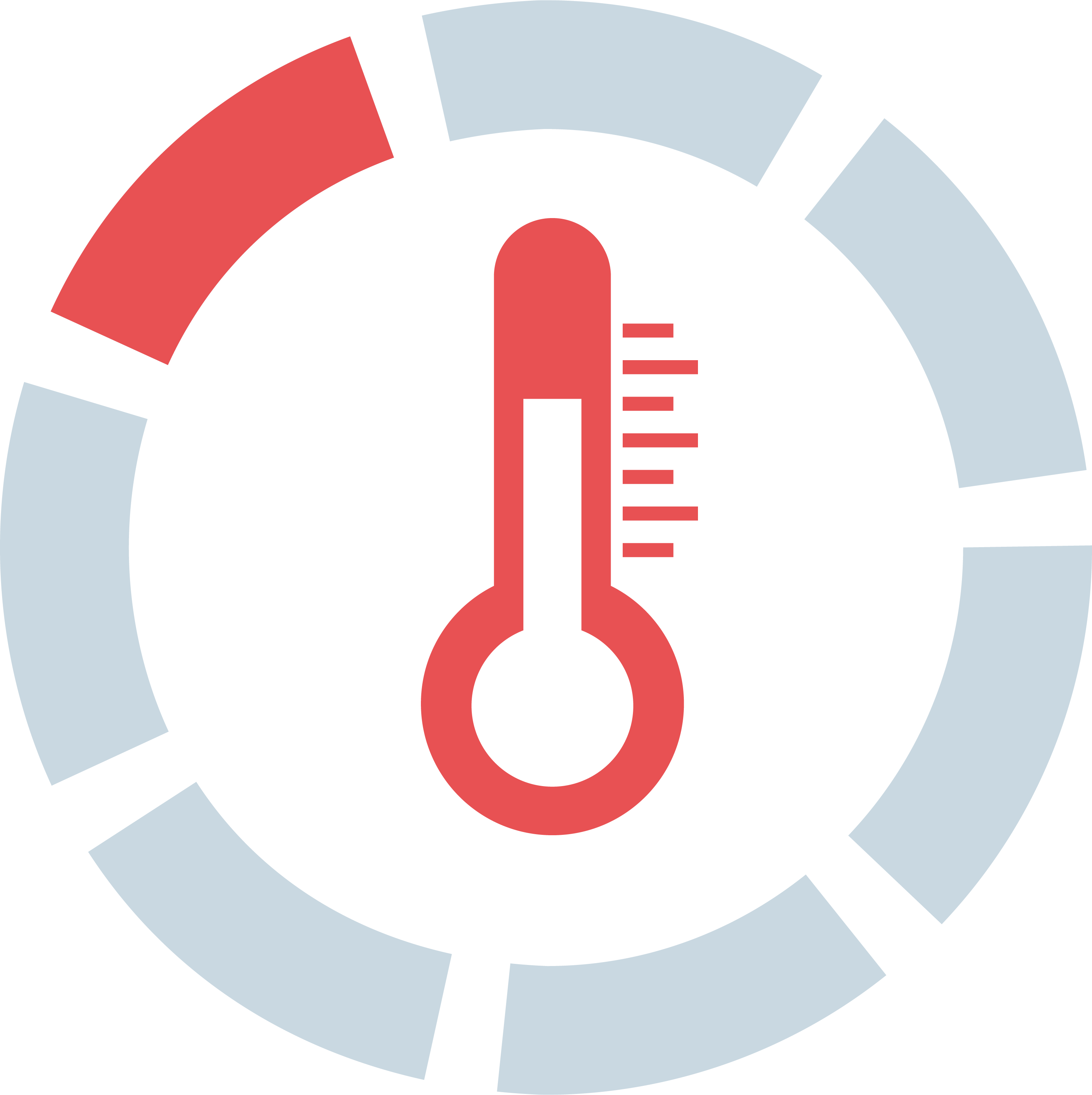
Gloves: Protect yourself and others: put on disposable gloves.
Trigger: Would it make sense to change location to possibly remove allergens?


CONDITION CHECKING





See: Shortness of breath, possibly bluish lips or earlobes.
Hear: Difficulty breathing while speaking, wheezing when exhaling, coughing.



CALLING FOR HELP




Emergency call 112: Make an emergency call.
The 5 W questions:
Where did the accident happen?
What happened?
How many people are affected?
What injuries?
Wait for further questions!
Use speakerphone: Turn on your phone’s speaker to keep your hands free.
Do not hang up: End the call only when the control center tells you to.
Involve bystanders: If available, have them look for and bring the asthma inhaler.
Report condition changes: Inform the control center if the person's condition changes.




POSITIONING



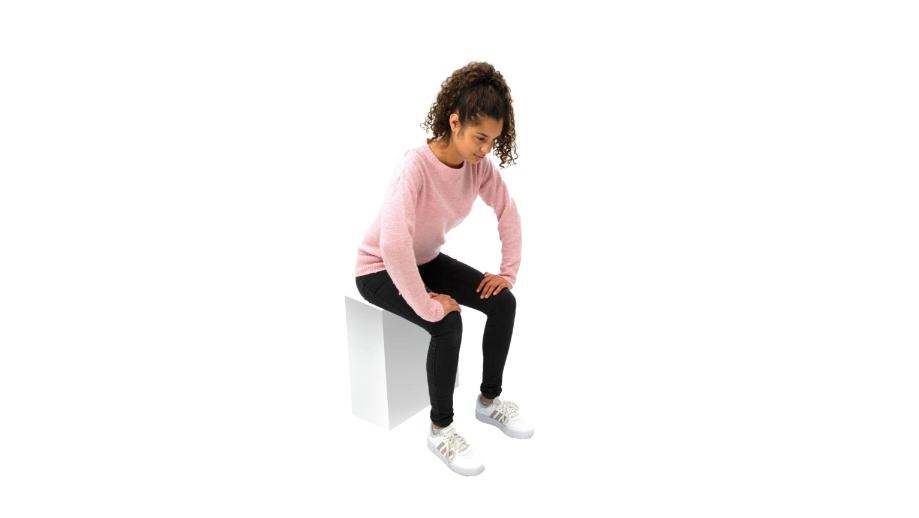
Tripod position: Leaning forward with hands resting on the knees or a surface to make breathing easier.





WOUND DRESSING


As needed: If injuries are present, dress them accordingly.






COMFORTING

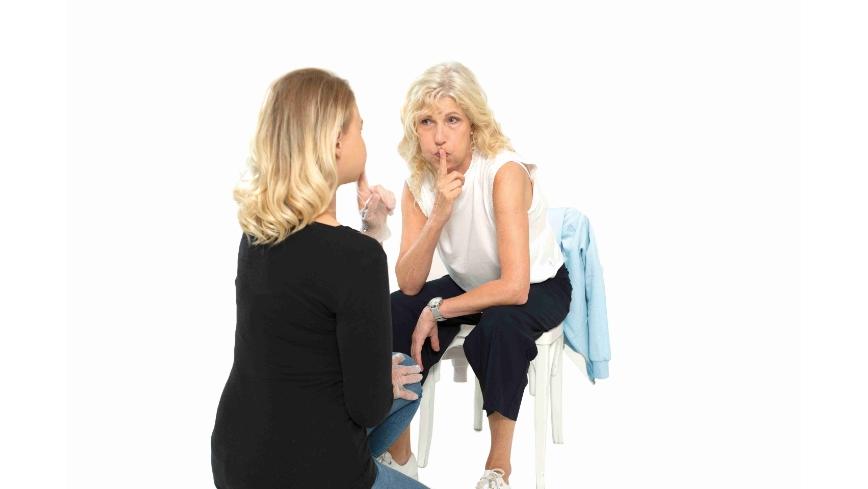
Pursed-lip breathing: Guide the person to gently press their lips together and exhale slowly against the resistance.
Asthma inhaler: If available, help the person use their asthma inhaler.
Don't leave: Stay with the person. Your presence and kind, encouraging words can help.
Listen: Listen actively, respond to their fears and worries, and show that you're there for them.







TEMPERATURE MANAGEMENT
Prevent heat loss: Place a jacket or emergency blanket around the person.

